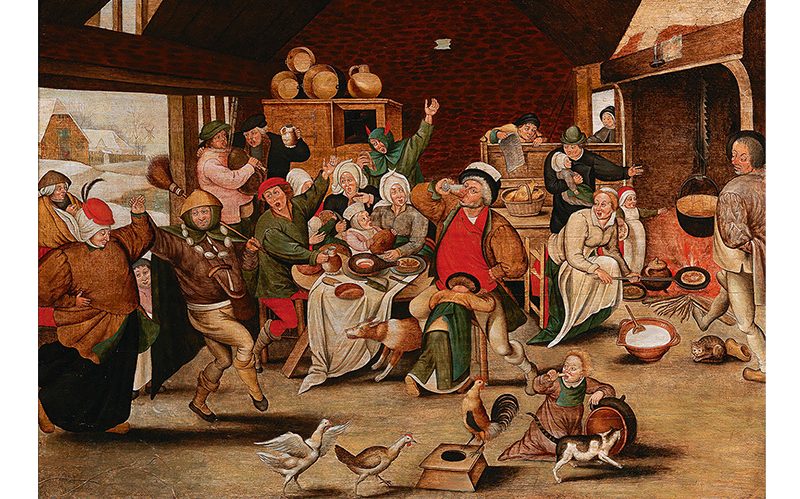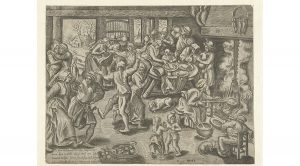
Whether by Pieter or Jan, the younger or the elder, by the “Peasant”, “Flower” or “Velvet Brueghel” – masterpieces by the Brueghel dynasty of artists were already very popular in the 16th and 17th centuries.
The Brueghel family of artists is one of the best-known dynasties in Northern European painting. It was Pieter Brueghel the Elder who gave us, through his paintings, the first glimpse of peasant life in the 16th century. He quickly earned the nickname “Peasant Brueghel”. Pieter the Elder and two generations of artists that followed dominated Flemish painting in the late 16th and 17th centuries. Today these paintings are as popular with collectors as they were at the time of their creation.
Pieter Brueghel the Younger was only five years old when his father died in 1569. The family moved to Antwerp in 1585, including his brother Jan Brueghel the Elder, who later became known as ‘Velvet Brueghel’. Pieter opened a studio, which produced high-quality copies as well as original compositions in the style of his father’s paintings. The studio was prolific and he employed at least nine pupils including Frans Snyders and Andries Daniels.
Although Pieter the Younger was no doubt inspired by his father’s work, his depiction of the bean king, set against the backdrop of a three-sided room, appears to have taken its cue from a lost prototype by contemporary Marten van Cleve. This theory is supported by the fact that an engraving is known to us by the printmaker Balthasar van den Bos (active around 1550) which in turn is based on the aforementioned prototype. The festivity illustrated in the present painting is that of Epiphany, which is celebrated either on the 13th day after Christmas (6 January) or on the preceding evening (Twelfth Night).

Traditionally, the revellers would gather together after church for a large meal and play a game to crown one of the group as king: participants would begin by casting lots or serving cakes, one of which contained a bean. Whoever found the bean would be designated king. A paper crown was then given to the king who would form a court from the group, appointing the queen, jester, cook, musician, master of ceremonies, taster, and porter. When the king raised his glass to take the first sip, the company would loudly shout “The king drinks!”, signalling the beginning of the celebrations.
Information: Damian Brenninkmeyer, Old Master specialist at Dorotheum
(myART MAGAZINE No. 11/2018)













